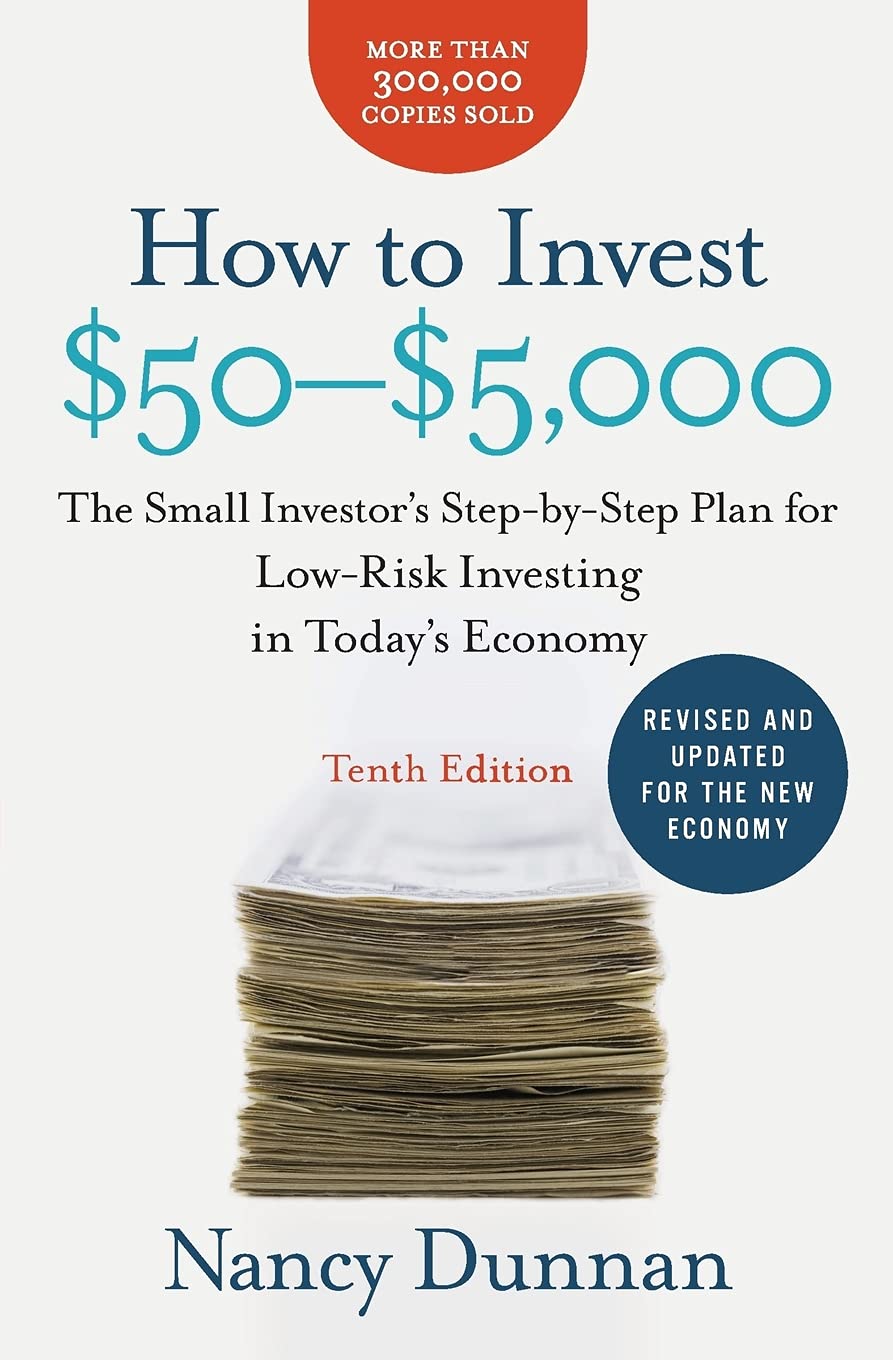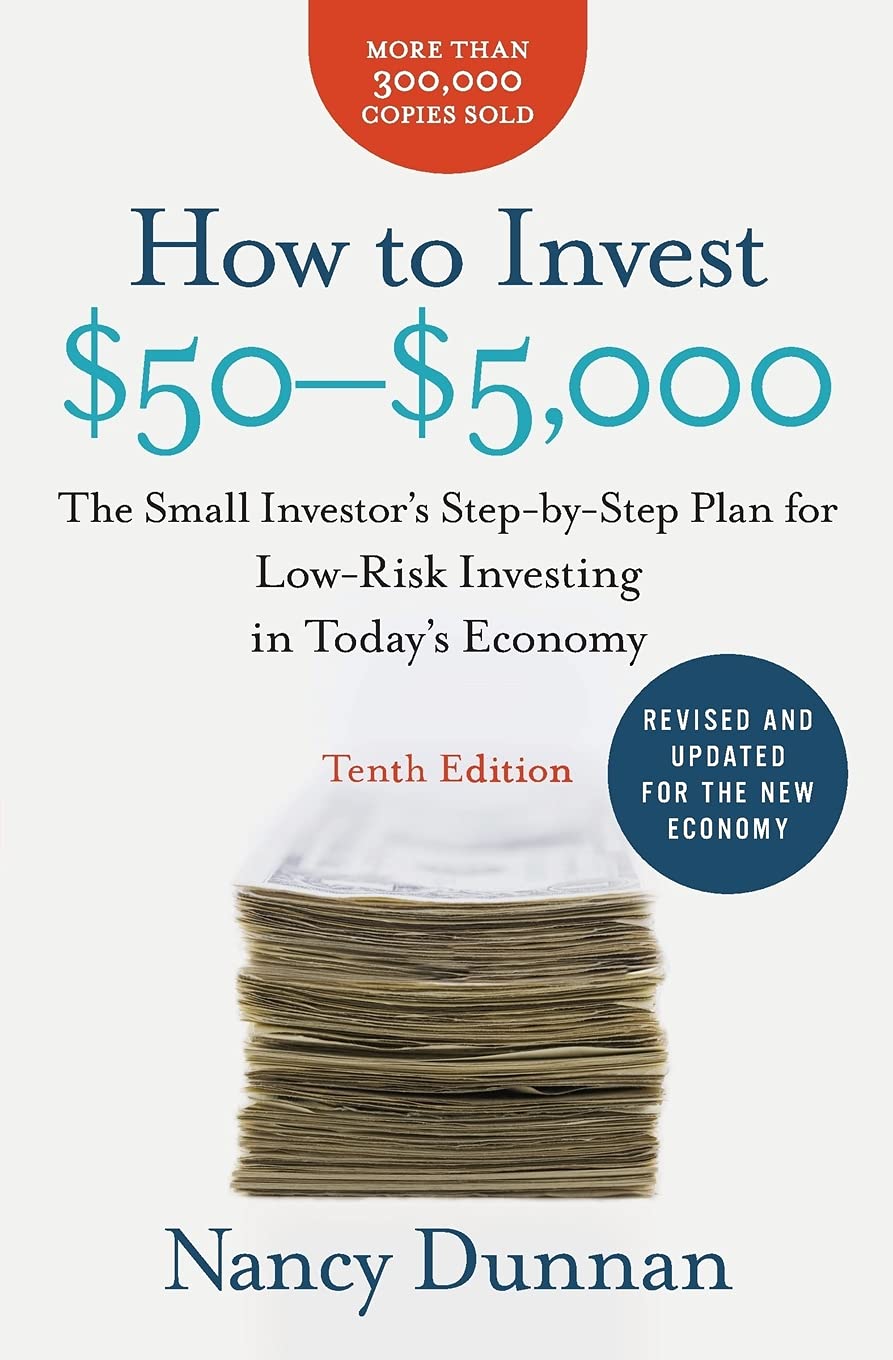Book Review of How to Invest $50-$5,000 by Nancy Dunnan
As a passionate reader and someone keen on understanding the world of finance, I picked up How to Invest $50-$5,000 by Nancy Dunnan after immense curiosity about investing, particularly in today’s rapidly changing economy. I wanted a foundational text that would help a beginner like me understand the basics without getting lost in jargon or overly complex strategies.
From the outset, I found Dunnan’s approach refreshingly straightforward. The book is designed to appeal to novice investors, and it excels in demystifying the world of investing. With sections covering everything from selecting a bank to understanding the intricacies of stocks, bonds, treasuries, and mutual funds, it offers a comprehensive overview of small investing. I particularly appreciated how the book reflects “the latest and safest strategies for smart investing in the new economy,” as mentioned in its description.
One of the standout features for me was the author’s commitment to education over salesmanship. Like Alejandro G. noted in his review, Dunnan doesn’t advocate for specific products but instead focuses on empowering the reader with knowledge. This is essential for anyone hesitant about where to begin their investing journey. It’s comforting to know that the advice provided is based on principles rather than commission-driven motives.
Another positive aspect is the book’s readability. Written at an accessible 8th-grade reading level, as another reviewer pointed out, it avoids the dense financial jargon that often leaves beginners feeling overwhelmed. I could easily digest the material in a couple of hours, which made it an efficient resource for busy individuals like myself aiming to take control of their financial futures.
However, no book is without its drawbacks. While Dunnan provides valuable insights, I did find some chapters a bit lengthy and meandering. Like Alejandro, I wondered if certain points could have been made more concisely. This nestled into larger critiques; for instance, some reviews expressed a desire for a more structured plan when it comes to the actual steps of investing. I can understand those frustrations, as a beginner often seeks clear, actionable steps rather than broader educational discussions.
Additionally, I sensed a slight datedness in some of the content. Although I recognize that the book has been updated to reflect new regulations, mentions of certain financial instruments, like EE bonds, which are no longer issued, felt out of touch. For someone eager to invest with modern tools and strategies, I would have preferred a current perspective throughout, aligning with evolving financial landscapes.
In the course of my reading, I found the organized structure of investment tiers particularly insightful. This tiered approach allows readers to understand what options are available depending on their investment size, reinforcing the idea that even small amounts can be invested wisely. Such a framework speaks to the heart of Dunnan’s message: cultivating a mindset geared towards growth rather than accumulation of wealth through risky quick-fixes.
In conclusion, How to Invest $50-$5,000 is indeed an indispensable handbook for anyone looking to dip their toes into investing in today’s economy. While it has its faults, particularly regarding depth and potential datedness, the overall guidance it provides is invaluable. I wholeheartedly recommend it as a starting point for novice investors eager to learn about finance without being overwhelmed by complexity. This book sets the stage effectively for transforming apprehensive newcomers into knowledgeable participants in the financial space, capable of making informed decisions about their investments. If you seek clarity in understanding finances and want a navigable path toward small investing, I suggest adding this book to your reading list!








